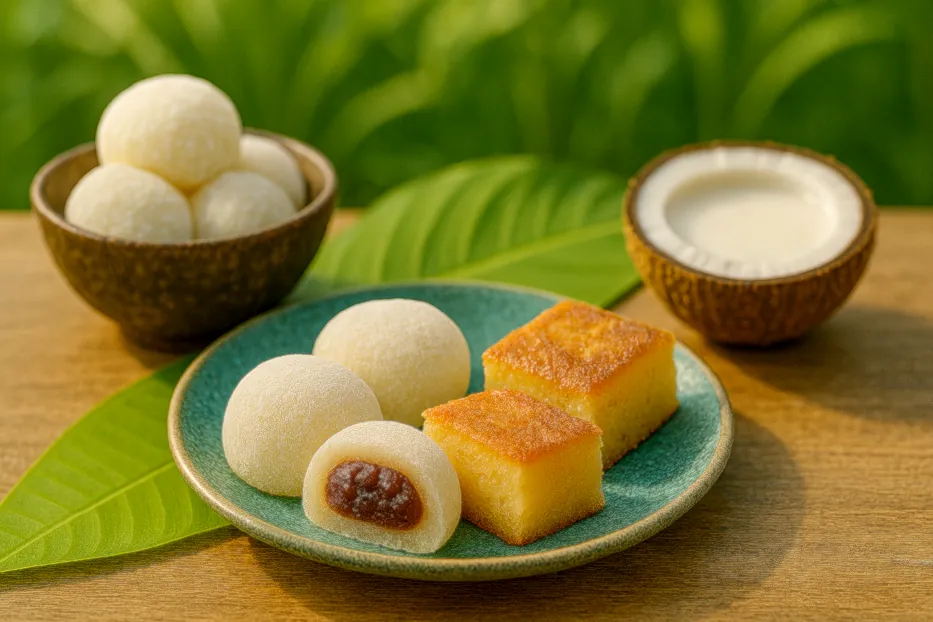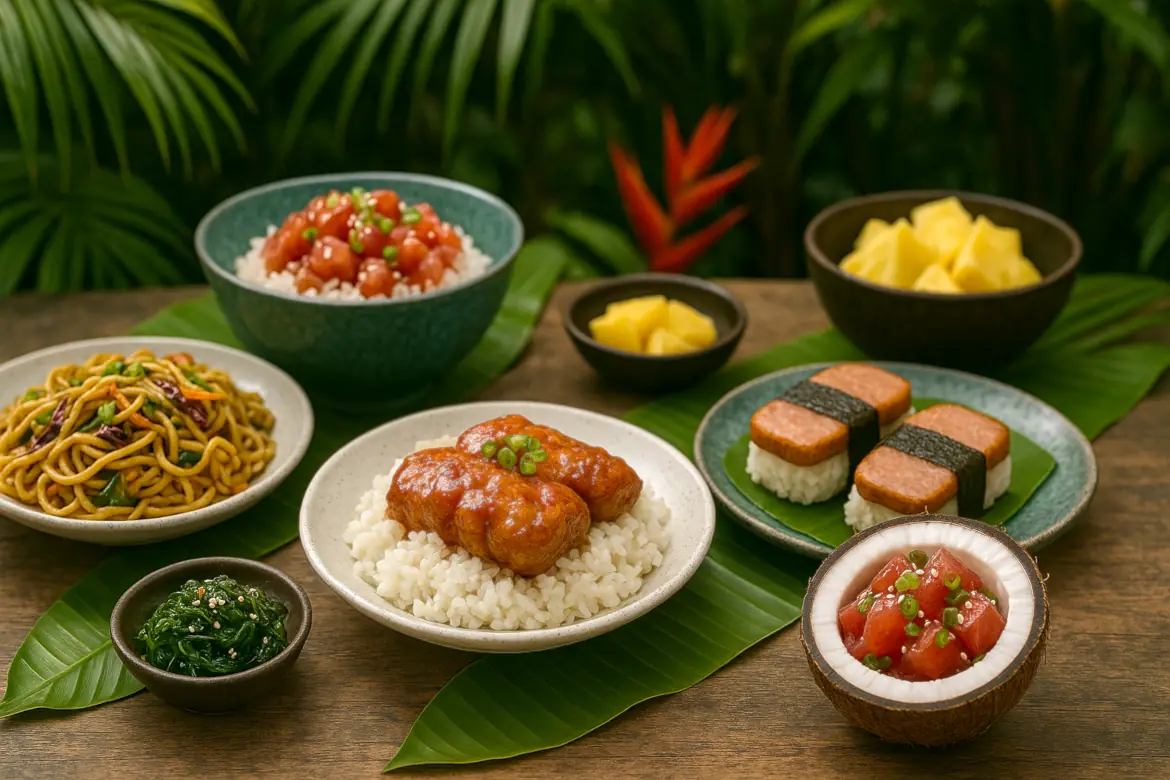Hawaii’s culinary identity is a vibrant melting pot of influences, but few cultures have left as profound a mark as Japan. From umami-rich broths to bite-sized musubi, the Japanese footprint in Hawaiian cuisine is unmistakable. This gastronomic fusion tells a deeper story of immigration, adaptation, and innovation, crafting flavors that are now inseparable from the islands’ food scene.
Table of Contents
The Plantation Era: Laying the Culinary Foundation
The late 19th and early 20th centuries saw a wave of Japanese immigrants arriving in Hawaii to work on sugar and pineapple plantations. With them came traditional ingredients like soy sauce, miso, and rice—staples that seamlessly integrated into the local diet.
At lunchtime in the fields, Japanese laborers brought bento boxes filled with rice, pickled vegetables, and fish. This concept evolved into Hawaii’s beloved plate lunch, which pairs rice with proteins like teriyaki chicken, tonkatsu, or loco moco. Even Spam musubi, a modern favorite, draws inspiration from Japan’s onigiri, transforming a wartime necessity into a snack synonymous with Hawaii. Today, you’ll find variations of Spam musubi in nearly every convenience store across the islands, often seasoned with furikake, adding a distinctly Japanese umami kick.
Ramen, Saimin, and the Broth Revolution
One of Japan’s most enduring contributions is its influence on Hawaiian noodle culture. Saimin, often called Hawaii’s soul food, is a direct descendant of Japanese ramen, with Chinese and Filipino twists. The dish’s delicate broth, chewy wheat noodles, and toppings like kamaboko (fish cake), char siu (roast pork), and scallions illustrate the interwoven culinary influences that define Hawaii’s food scene.
More recently, Hawaiian-style ramen has surged in popularity, thanks to local chefs experimenting with bold island flavors. The result? Bowls infused with dashi, seafood, and even tropical elements like coconut milk, reimagining traditional ramen through a Hawaiian lens. This fusion highlights the continued evolution of Hawaii food culture, merging Japanese ramen traditions with locally sourced ingredients.
Sushi and Poke: A Delicious Crossroad
Japanese sushi techniques also helped shape Hawaii’s poke history. Originally a simple Hawaiian dish of cubed raw fish seasoned with salt and seaweed, poke evolved under Japanese influence. Today’s poke bowls feature ahi tuna marinated in shoyu (soy sauce), sesame oil, and scallions—flavors reminiscent of Japanese sashimi preparations. The addition of wasabi, tobiko (fish roe), and ponzu sauce further reflects Japan’s imprint on this Hawaiian staple.

Salmon Musubi with Spicy Avocado Crema Recipe
This Salmon Musubi with Spicy Avocado Crema reimagines the classic Hawaiian Spam Musubi, swapping processed meat for teriyaki-marinated salmon.
Hawaii also boasts its own sushi variations. The maki sushi found in local markets often incorporates Spam, egg, or furikake seasoning, blending Hawaiian and Japanese tastes into a uniquely island-style sushi roll. The temaki-style hand rolls popular in Hawaii often include bold local flavors, such as spicy ahi and unagi sauce, further showcasing the seamless blending of Japanese food influence with island creativity.
The Sweet Side of Japan’s Influence
Japan’s love of subtle sweetness finds expression in Hawaiian desserts. Mochi, the chewy rice cake, became a local staple, often stuffed with azuki bean paste or transformed into butter mochi, a Hawaiian original that combines coconut milk with glutinous rice flour.
Shave ice, a beloved island treat, owes its roots to Japanese kakigōri, brought by immigrants who craved a taste of home. Over time, it transformed into the rainbow-colored, syrup-drenched delight that defines Hawaii’s warm afternoons. Today, popular shave ice spots like Matsumoto’s and Waiola offer modern takes on the treat, with mochi balls, condensed milk, and tropical fruit flavors like lilikoi (passion fruit) and guava.

A Lasting Culinary Bond
Hawaii’s food culture is a testament to its history, and Japanese flavors continue to shape its evolution. Whether it’s a steaming bowl of saimin, a Spam musubi from a corner store, or the perfect slice of poke, Japanese culinary heritage is deeply embedded in Hawaii’s identity. This enduring exchange of flavors highlights how food transcends borders, creating something entirely new yet undeniably familiar—much like the islands themselves.
As Hawaiian cuisine continues to evolve, new generations of chefs are blending Japanese techniques with local ingredients, ensuring that this flavorful legacy lives on. The next time you savor a bite of teriyaki beef, furikake rice, or miso butterfish, you’re experiencing a story over a century in the making—one that will continue to shape Hawaii’s food culture for years to come.
